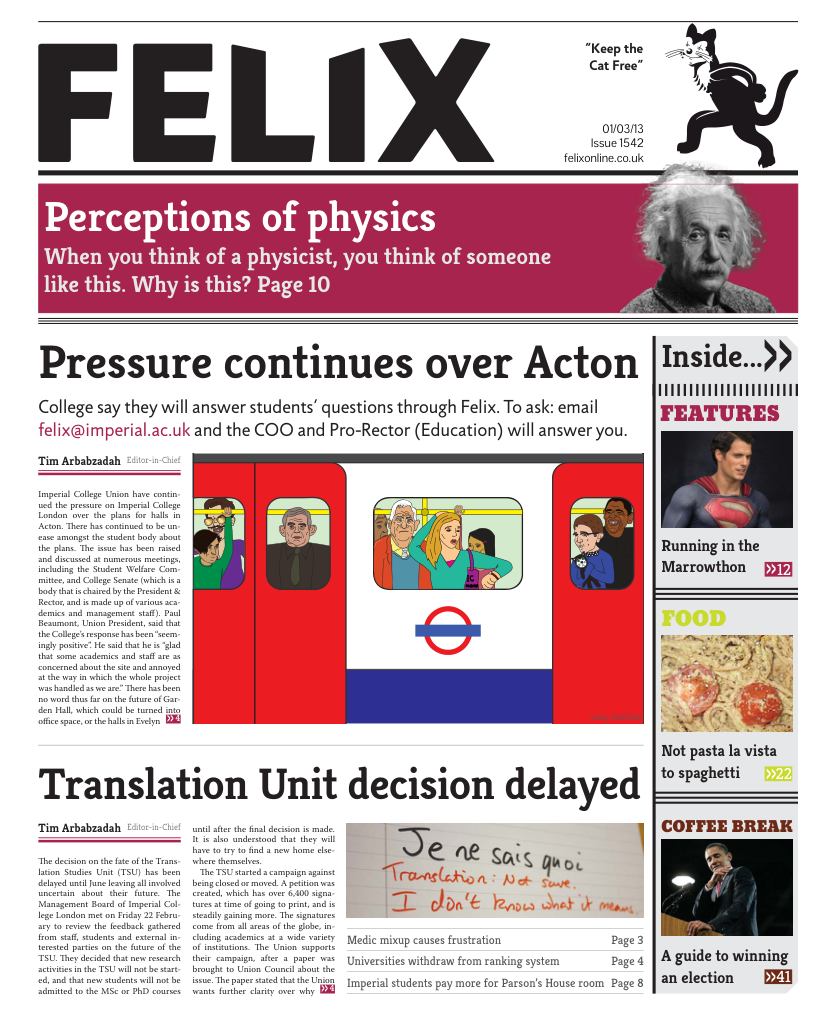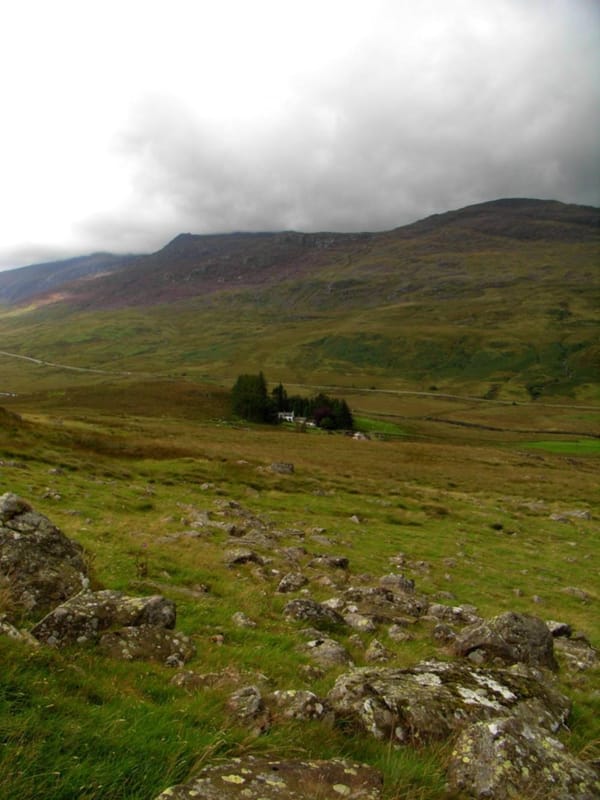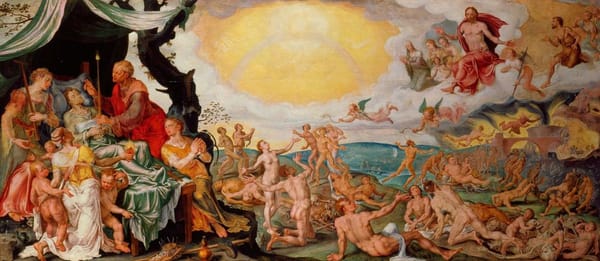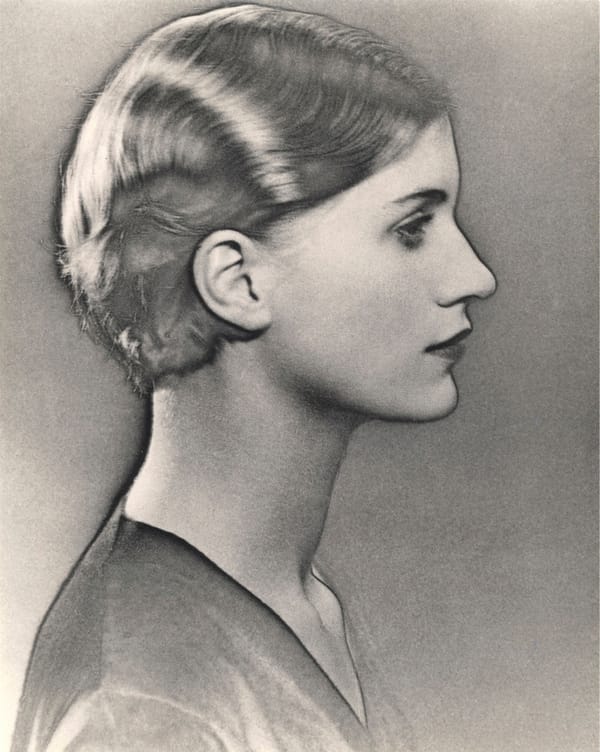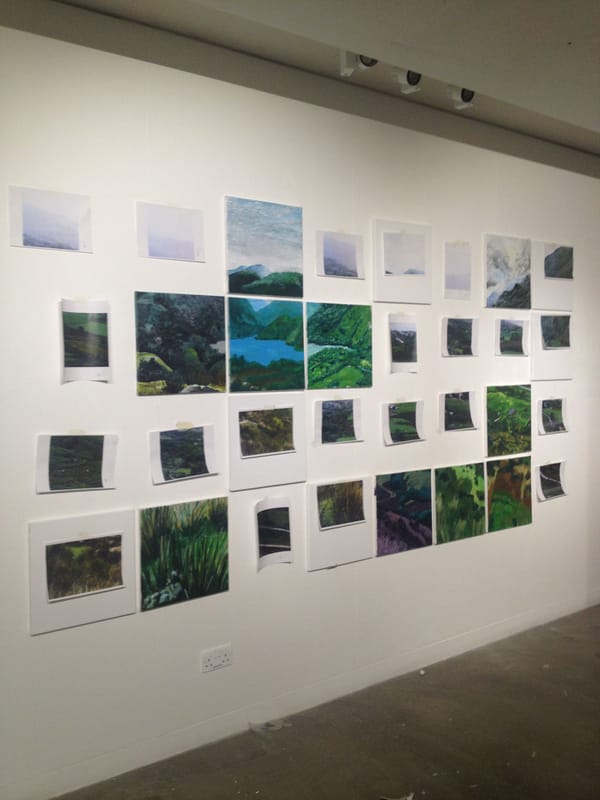Killer rob-arts attack
Meredith Thomas walks through a baroque sci-fi future
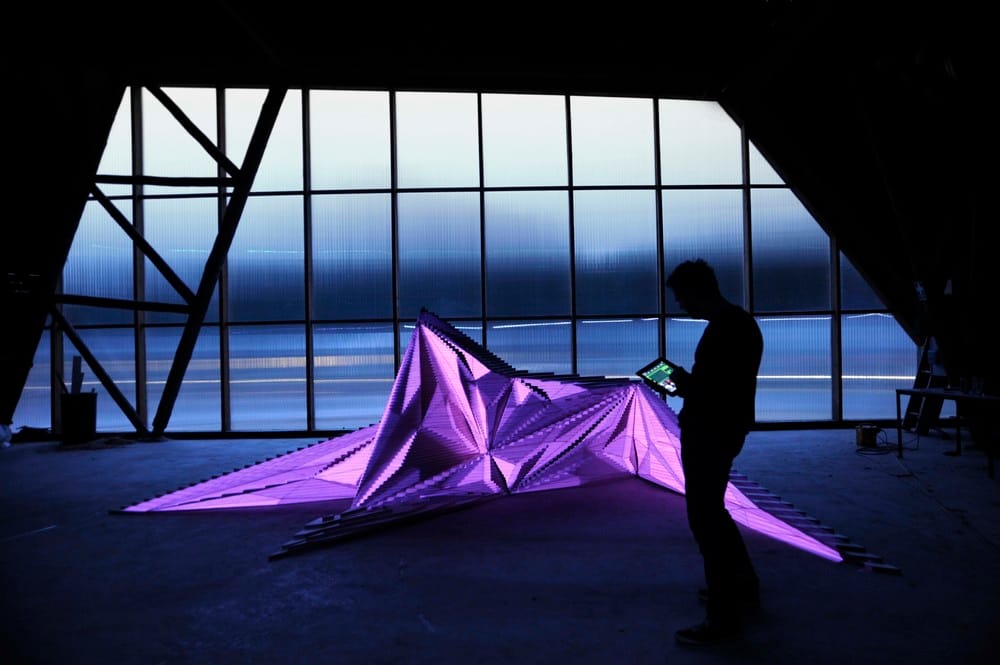
There is an underground space near Baker Street that feels a lot like a baroque sci-fi future. The half-light is illuminated by occasional flashes of neon. Blue and green lasers strafe the ceiling and an eerie soundscape of ambient electronic squawks and whirring servos greets the intrepid. Skulls in mechatronic legs stalk the space and glowing orbs shimmer with undulating constellations of colour.
The Kinetica Art Fair, now in its fifth incarnation is dedicated to some often underrated genres: kinetic, electronic and new media art. The fair often features the work of design students or reformed engineers, well placed to respond to societies accelerating mutability, which stems from the insatiable advance of technology. Where philosophical depth was lacking the pure visual thrill of the robots, holograms and illusions that pack the space are sure to at least titillate.
Like many commercial shows there are hits and misses. The big names, showcased at the entrance like Simon Gudgeon and Titia Ex are, as is often the case, the least rewarding. However hidden in dark corners there are a number of pieces that succeed either through craft or design.
One big theme of the show is interaction. For example, in an installation by David John Roswell, viewers are invited to remotely manipulate puppets though their own body movements. Rainbow Winter’s fashion pieces make use of a new wave of smart textiles that respond to their environments. One of her two dresses on display is covered in streaks of lightning that dart across the surface in response to ambient sound. The effect is faintly mesmerising and has earned her increasing and well deserved media attention from the likes of Wired and Channel 4.
When viewers are not being invited to take part in the works, they are often being tricked. The obsession with optical illusion can be seen everywhere. One mindboggling piece, Die Falle, from Gregory Barsamian makes reference to Karl Jung’s theories on dreams. His huge zoetrope dominates the space around it, making use of a strobe light and a rotating frame to produce a seeming impossible 3D illusion of a dream sequence.
Chris Levine’s work Angel is one of the most apparently unassuming. Utilising the ‘persistent visual echo of blipvert technique’ the viewer is treated to glimpses of a figure emerging, seemingly magically, from your peripheral vision of a simple strip light. The phenomenon is so alien that it really does momentarily shake belief in the tangible in a profoundly disturbing manner.
The show runs all this weekend and will also feature scheduled performance pieces. If the show by INERE is anything to go by, these will comprise of baffling medleys of abstract digital sound and audio. I feel it should be mentioned that, at thepress viewing, the techno-wizardry of many of the pieces was too often interrupted by overloaded power supplies, spasticated robotics and the faint smell of burning filaments. Hopefully by the time the show opens to the general public these glitches will have been ironed out and you too can make the trip to the depths of cybernetic madness unafraid.

